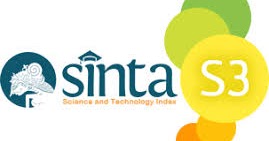Use of Digital Technology in Pesantren Salaf: Transition From Digitization to Digitalization
DOI:
https://doi.org/10.35309/alinsyiroh.v10i1.252Keywords:
Pesantren salaf, digitalization, transitionAbstract
Pesantrens Salaf is an Islamic educational institution that firmly upholds the values of purity and originality of Islamic religious teachings, is faced with the challenge of following the rapid flow of digitalization. Pesantren are institutions that have existed in Indonesia for hundreds of years.Pesantrens Salaf is famous for its educational model which still uses many traditional or analog methods in implementing the transition from digitization to digitization which is very importantt in order to keep up with developments in today's increasingly advanced. This research aims to reveal the use of digital technology in Pesantren salafs. Even though it is paradoxical, the fact is that the development of digital technology in Pesantren salafs is very rapid. This research uses a qualitative method with a case study approach, namely at the pondok pesantren Mambaul Ulum Bata Bata, was obtained through interviews, observation and documentation, to ensure the validity of the data, continuous studies and consultation with experts were carried out. The results of this research found the fact that Pesantren salafs not only use digital technology as a basis for educational services including learning and administration processes, but there is also a connection between one component and another, so it can be said that there is a transition from digitization to digitization.
Downloads
Downloads
Published
How to Cite
Issue
Section
License
Copyright (c) 2024 Al-Insyiroh: Jurnal Studi Keislaman
This work is licensed under a Creative Commons Attribution-ShareAlike 4.0 International License.







